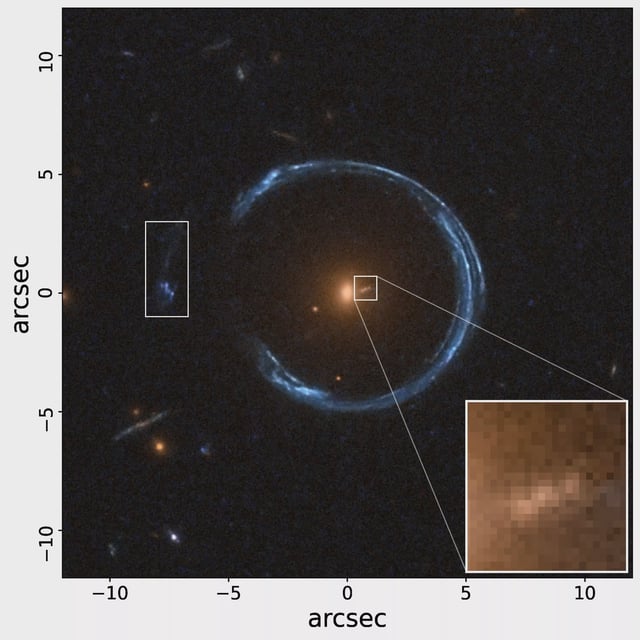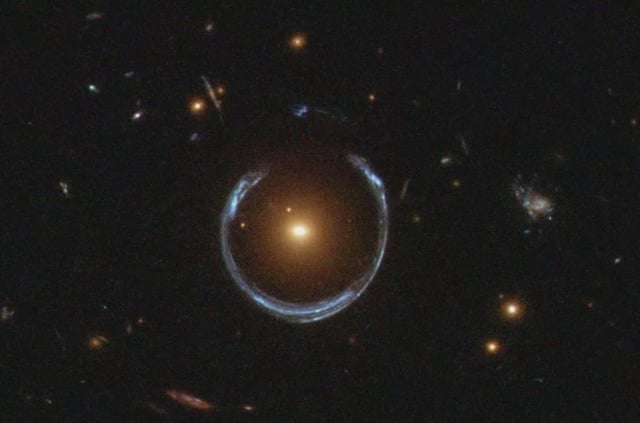Overview
- Monthly Notices of the Royal Astronomical Society publication reports a quiescent black hole of about 36 billion solar masses at the center of SDSS J1148+1930, 5 billion light-years from Earth.
- Researchers measured the mass by combining lensing distortions of background light with stellar kinematics showing star speeds of nearly 400 km/s for unprecedented precision.
- At approximately 36 billion solar masses, the object nears the practical upper limit for black hole growth within the universe’s age and informs co-evolution models of galaxies and their nuclei.
- The Cosmic Horseshoe is classified as a fossil group galaxy, formed by successive mergers of galaxies and their central black holes, illustrating hierarchical assembly.
- European Space Agency’s Euclid mission will apply the dual-method technique in wide-field surveys to identify more dormant ultramassive black holes beyond active quasars.


